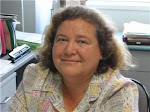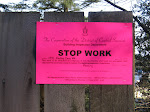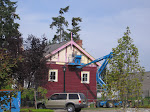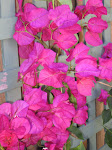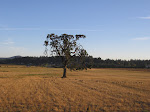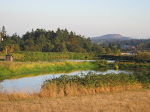How can we help our farmers ?
We need to recognize the incredible importance of local food farming to our region.
Recently, our own Nobel Prize winning scientist, Dr Andrew Weaver of the University of Victoria, stated that we have already passed the tipping point for global warming. This means that we are looking at entirely new scenarios for farming on the Peninsula. Farming is now the single most important business in our region because we are soon going to have to learn to feed ourselves.
At the beginning of the 20th century nearly 50% of Canadians were farmers. At the beginning of the 21st century only 3% of Canadians still farm and many of these farms belong to big corporate interests and are not serving the needs of the local populations. This decline in farming has been exacerbated by the Green House Gases (GHGs) created partly by the way in which we farmed and the unnecessary transportation of food from one region to another spreading crop diseases along the way.
On our Peninsula, farmers have struggled with the overvaluation of land, the increasing costs of fuel and the unfair competition of the gigantic food wholesalers who fill our stores with their products and squeeze out the small local producer. Local farmers have also simply been forgotten by the vast majority of urban dwellers who are so disconnected from the land they have no idea where their food comes from.
As a result of the changes that global warming will bring we will no longer be able to rely on California to provide us with the abundance to which we are accustomed. California will become much hotter and much drier and, since they have already nearly drained their aquifers and other water supplies, the melting of the glaciers and snowpack in the Sierra Nevada mountains will mean the end of farming or at least the end of any extra available for export.
Farming is rapidly going to become a life or death issue just about everywhere on the globe including in our own back yard.
We need to strengthen the Agricultural Land Reserve and recognize that it serves more than one function. Recently it was pointed out to me that the ALR creates buffers around our urban areas so that we don’t become one massive sprawling city like the Seattle to Oakland corridor. It should be much more difficult to remove land from the ALR and we should ensure that each region is putting land back into the reserve as time goes on. Land can be rehabilitated and yes it takes time, but we will have to do it. Dig up unused roadbeds like the one running parallel to East Saanich Road and set it up for community gardens. Search the region for brownlands and waste sites and start the longterm rehab programme now.
We need to ensure that golf courses and hobby horse farms cannot be built on reserve lands.
We need to ensure that what is grown is healthy, sustainable and meets our basic needs. To do this we must lobby the federal government to fully fund the experimental farm on East Saanich Road to provide useful research and assistance for local farmers as we begin the change to global warming preparedness.
A local Central Saanich farmer reminded me that “government could help through property tax breaks that encourage property owners to provide habitat, as well as food production: the combination makes healthier land-use.” This means that farmlands that are not currently in use aren’t taxed differently than lands that are currently cultivated. It also means that farmers will be able to leave treed areas as habitat because they won’t be penalized through their taxes for doing so and when a grandchild wants to return to farming, this land will still be available to them. “Returning the land to woodlot for 15-20 years could give turn-around time, provide green space, wildlife habitat and still keep the land available for future generations. It's a small thing, but a change in the ALR could be very good for preserving family farms”.
These are only a few thoughts and I have been actively promoting growing organic vegetables in your own backyard through the BCGEU CoolCommunities Campaign by having Robin Tunnicliff and Mat Kemshaw make presentations to BCGEU members. I am hoping after Christmas to follow up with workshops by Cathy Rasmussen of the BC Fruit Tree Growers Association and by having a presentation on First Nations food gathering by Greg Sam.
It is imperative that we each take steps to begin the learning process and that we recognize the valuable work of the local farmers on the Saanich Peninsula.
